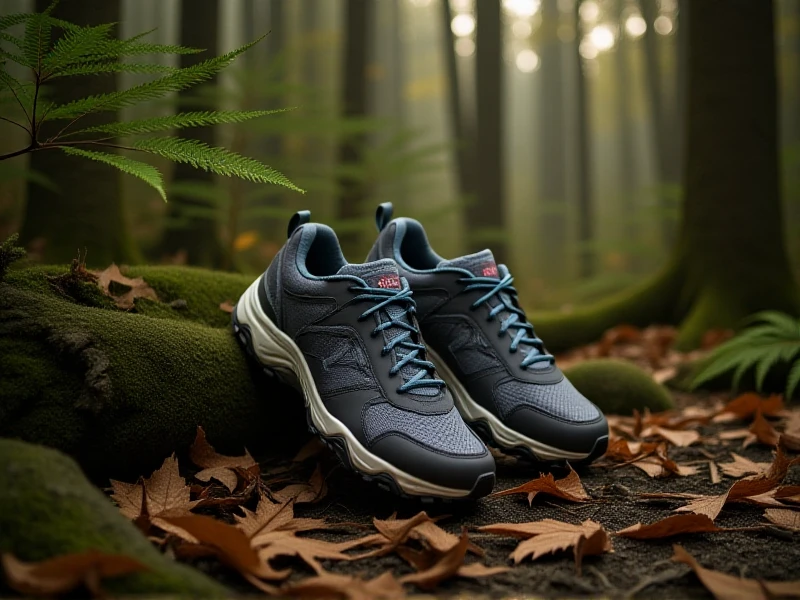
Choosing the Right Running Shoes: Essential Tips for Every Runner
Okay, here is the SEO-optimized article focused on "running shoes," adhering to your requirements:
Lacing up your running shoes is the start of countless journeys – from conquering that first mile to achieving a new personal best. But the simple act of choosing your running shoes can feel overwhelming with so many options available. Picking the right pair isn't just about brand; it's about unlocking comfort, performance, and long-term joint health. The perfect running shoes become an extension of you.
Why the Right Pair Matters More Than You Think
Your running shoes are your primary piece of equipment. Ill-fitting or unsupportive shoes can lead to discomfort, blisters, shin splints, knee pain, and even more serious injuries. Conversely, shoes matched to your foot type, gait, and running goals provide essential cushioning to absorb impact, offer stability to guide your stride, and deliver responsiveness to help you push forward efficiently.
Finding Your Perfect Fit: Key Considerations
- Understand Your Foot Type & Gait: Do you overpronate (foot rolls inward excessively), supinate (rolls outward), or have a neutral gait? Most specialty running shoes stores offer gait analysis. Knowing this helps choose between neutral, stability, or motion control shoes.
- Feel The Fit: Sizing matters immensely. Your feet swell during runs, so ensure about a thumb's width of space at the end of your longest toe. Heels should be snug without slipping. Width is crucial too – avoid pinching or excessive movement side-to-side.
- Consider Your Terrain & Distance: Road running shoes prioritize cushioning and flexibility for hard surfaces. Trail running shoes offer aggressive tread, rock plates, and enhanced durability for uneven paths. Consider specialized shoes for long distances or racing if speed is your focus.
- Cushioning & Responsiveness: Different foams and technologies provide varying levels of softness and energy return. Some runners prefer maximal cushioning for protection, others minimal for ground feel and responsiveness. Think about the impact on your body.
Longevity & Care
Even the best running shoes have a lifespan. Most are effective for 300-500 miles before cushioning breaks down and support diminishes, increasing injury risk. Rotating between two pairs can extend the life of each. Avoid machine washing/drying; instead, remove insoles, wipe down uppers, and let them air dry naturally.
Your Journey Starts with Support
Investing time in finding the correct running shoes isn't just shopping; it's an investment in your health, performance, and sheer enjoyment of the sport. Visit a store specializing in running shoes to get expert advice. Remember, the goal is shoes that feel great from the first step to the last mile of your run, propelling you forward safely and comfortably. Lace up the right pair and embrace the run! 👟💨